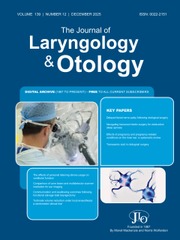Crossref Citations
This article has been cited by the following publications. This list is generated based on data provided by Crossref.
Pant, Sangeeta
Kumar, Anuj
and
Mazurek, Jiří
2025.
An Overview and Comparison of Axiomatization Structures Regarding Inconsistency Indices’ Properties in Pairwise Comparisons Methods: A Decade of Advancements.
International Journal of Mathematical, Engineering and Management Sciences,
Vol. 10,
Issue. 1,
p.
265.


